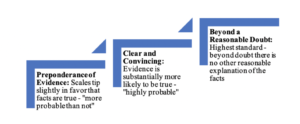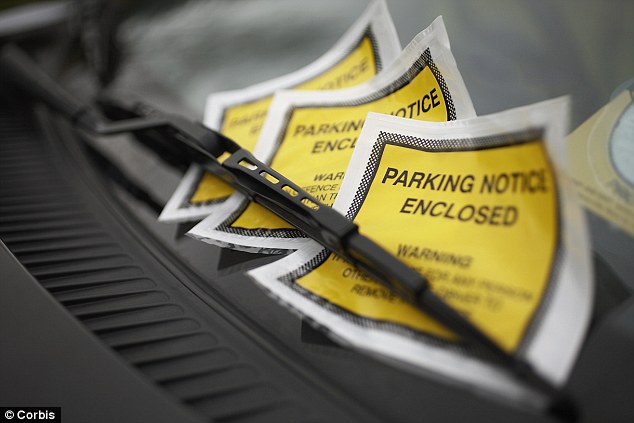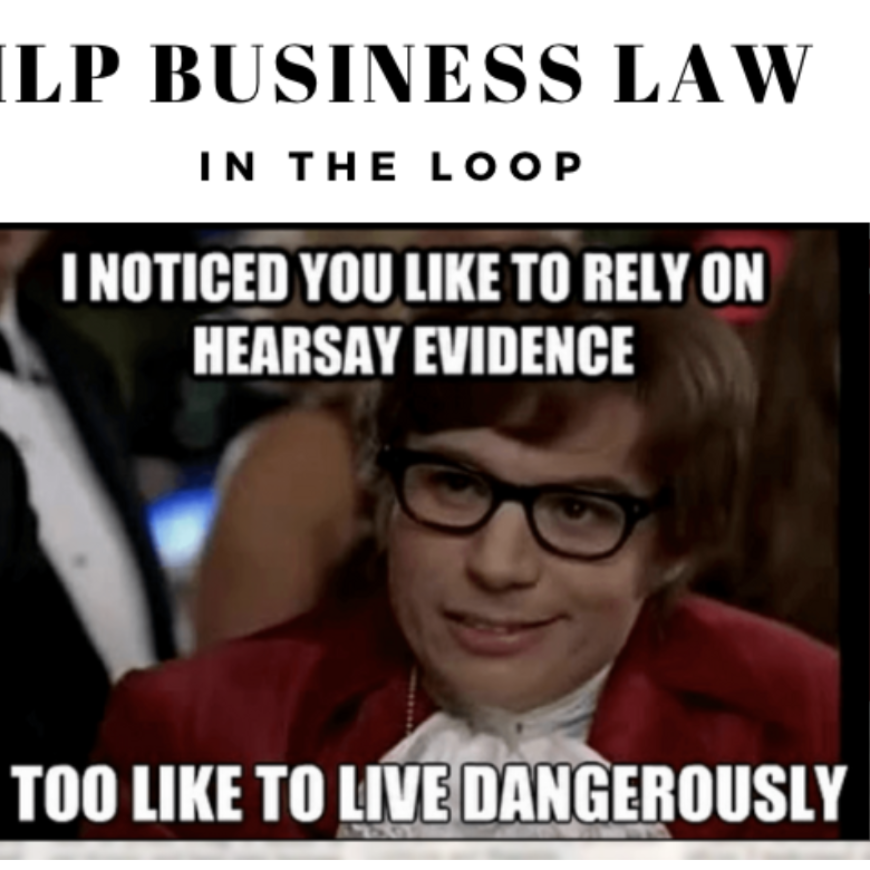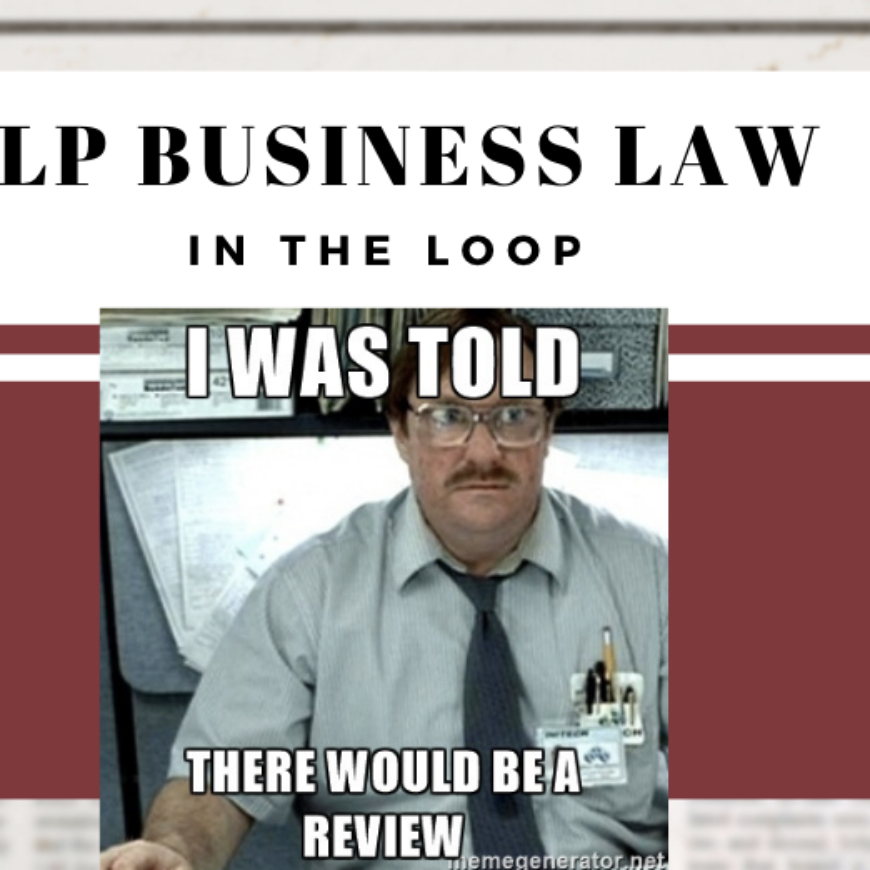Tom Stilp, JD, MBA/MM, LLM, MSC
Believe it or not, we recently completed a trial. The trial had live witnesses and all – the Judge was in a Courtroom, although most everyone else was not given social distancing.
In handing down the winning decision, the Judge stated we had not only proven the case by “clear and convincing evidence,” but further, the Judge stated, that he’d stake his judicial reputation that we proved the case “beyond a reasonable doubt.”
But wait, what do these standards mean, when do they apply, and why should we care?
First of all, we have been discussing the theme of “checks & balances.” The allocation of the burden of proof is part of the systemic checks & balances.
In any court case, civil or criminal, bench or jury, state or federal, the “burden of proof” is the obligation that the party bringing the claim has to show there are sufficient facts to warrant their position. The burden of proof applies in cases involving parking tickets to capital cases involving murder.
The following chart might be helpful in discussing the most common types of burdens of proof, from lower standards to the highest:

So, next time, when you have a parking and you would like to contest it, argue the burden of proof, as I did recently, to beat City Hall.*
*The decision we actually received in the mail states: “As a defense to this ticket you have asserted that the violation is factually inconsistent. It is the finding of the Administrative Law Judge that the information submitted supports a determination that the violation did not occur. Consequently, you are not responsible for the fine.”
Credit: © Corbis



